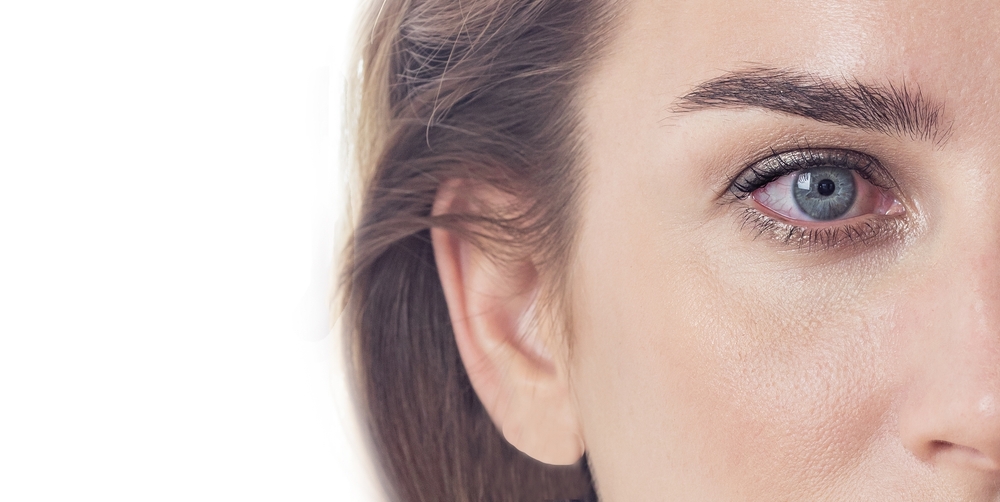Dry Eye Myths vs. Facts: Debunking Common Misconceptions

Dry eye is a prevalent eye condition that affects millions of people globally. Despite its common occurrence, there are numerous misconceptions about what causes dry eyes, how it can be treated, and who is most likely to develop the condition. At Texas State Optical Midlothian, we believe that education is the first step toward effective treatment.
Myth 1: Dry Eyes Only Affect Older Adults
Fact: While dry eye is more common in older adults due to the natural aging process and hormonal changes, it can affect individuals of any age. Factors such as excessive screen time, contact lens use, environmental conditions, and certain medications can contribute to dry eye in younger people. Children and young adults, especially those who spend long hours on digital devices, are also at risk.
Myth 2: Dry Eyes Are Caused by Not Drinking Enough Water
Fact: Although dehydration can contribute to dry eye symptoms, the condition itself is primarily caused by problems with the tear film, which consists of three layers: oil, water, and mucus. If any of these layers is disrupted—due to conditions like meibomian gland dysfunction (MGD), which affects the oil layer—dry eye can result. Staying hydrated is important for overall health, but it is not the sole cause or solution for dry eye.
Myth 3: Dry Eyes Are Not a Serious Condition
Fact: Dry eye can significantly affect your quality of life. Beyond the irritation and discomfort, chronic dry eye can lead to inflammation, eye infections, and damage to the cornea. If left untreated, it can cause long-term vision problems. It is essential to seek professional treatment to manage the condition and prevent further complications.
Myth 4: Using Eye Drops is the Only Treatment for Dry Eye
Fact: While over-the-counter artificial tears can temporarily relieve mild dry eye symptoms, they are not a long-term solution. At Texas State Optical Midlothian, we offer advanced treatment options based on the underlying cause of dry eye, such as prescription eye drops, punctal plugs, and in-office treatments for meibomian gland dysfunction. Our comprehensive approach targets the root cause to provide lasting relief.
Myth 5: Dry Eye Only Happens in Dry Climates
Fact: While dry, windy, or dusty climates can exacerbate dry eye symptoms, the condition can occur in any environment. Factors like air conditioning, heaters, and prolonged exposure to screens in any climate can worsen dry eye. Urban pollution and allergens can also trigger symptoms in more humid areas. Indoor environments can be just as challenging as outdoor conditions.
Myth 6: Wearing Contact Lenses Will Always Worsen Dry Eye
Fact: It’s true that some contact lens wearers experience dry eye, but advancements in lens technology now offer solutions designed to minimize dryness. Daily disposable lenses, for example, can reduce the buildup of deposits and allergens that contribute to dry eye. Additionally, specialty contact lenses like scleral lenses create a tear reservoir that can provide relief for individuals with severe dry eye.
Myth 7: Dry Eye Only Occurs When Your Eyes Feel Dry
Fact: Surprisingly, watery eyes are also a common symptom of dry eye. This occurs when the eyes produce an excess of watery tears in response to irritation or poor-quality tears that fail to lubricate the eyes properly. If you notice your eyes watering frequently, it could be a sign of dry eye syndrome, and a comprehensive eye exam is recommended to determine the cause.
Myth 8: You Can Cure Dry Eye with Home Remedies
Fact: While some home remedies, such as applying warm compresses or using a humidifier, may provide temporary relief, they do not address the root cause of dry eye. Professional evaluation and treatment are necessary to effectively manage chronic dry eye. Our optometrists at Texas State Optical Midlothian offer personalized treatment plans tailored to your specific needs.
Finding Dry Eye Relief with Texas State Optical Midlothian
Understanding the facts about dry eye is essential to ensure proper treatment and management. At Texas State Optical Midlothian, we are committed to helping you find relief from dry eye symptoms through comprehensive care and advanced treatment options.
If you’re experiencing dry eye discomfort, schedule a consultation with Texas State Optical Midlothian and take the first step toward clearer, more comfortable vision. Contact our office in Midlothian, Texas, by calling (972) 775-4040 to book an appointment today.


